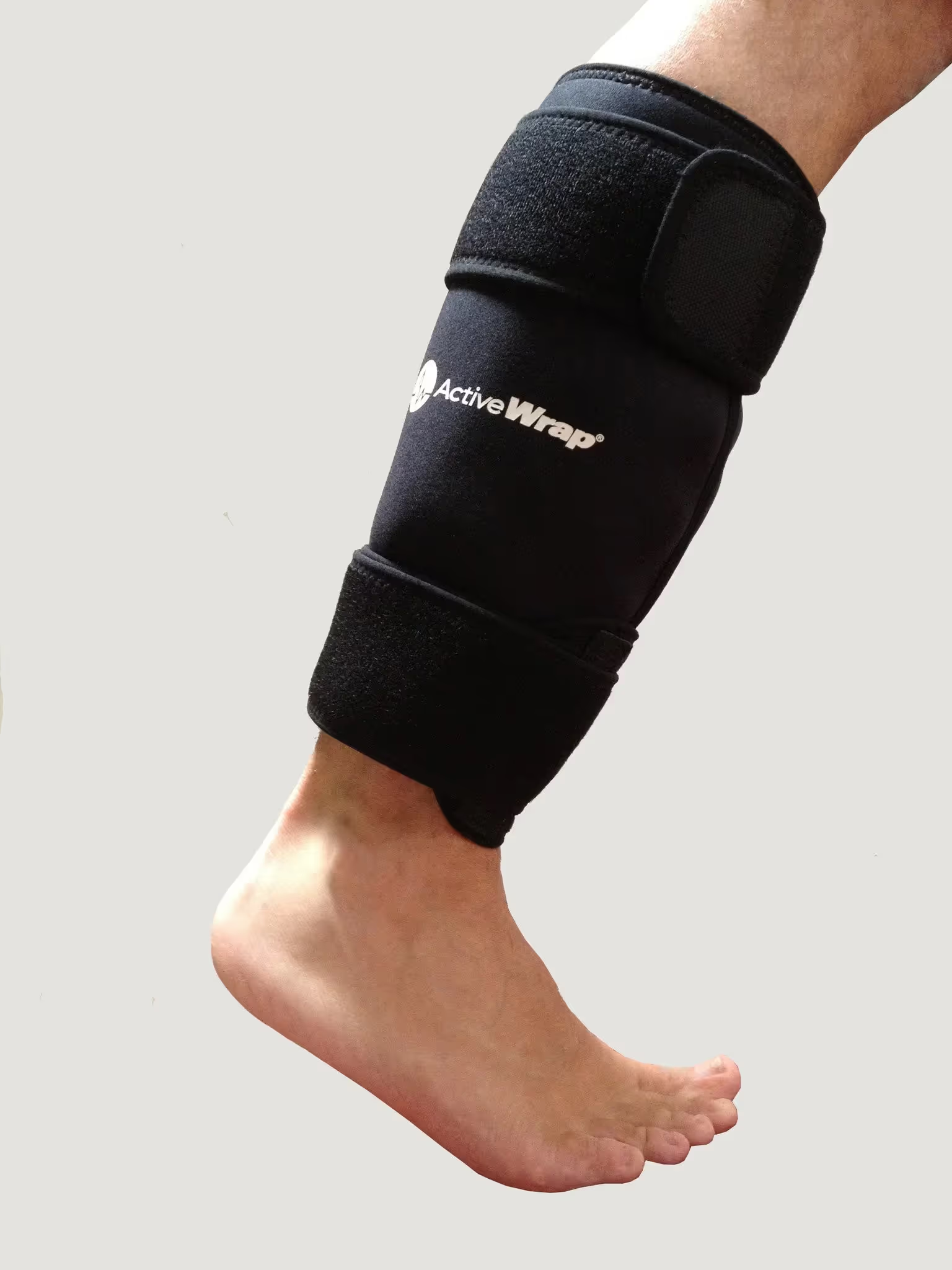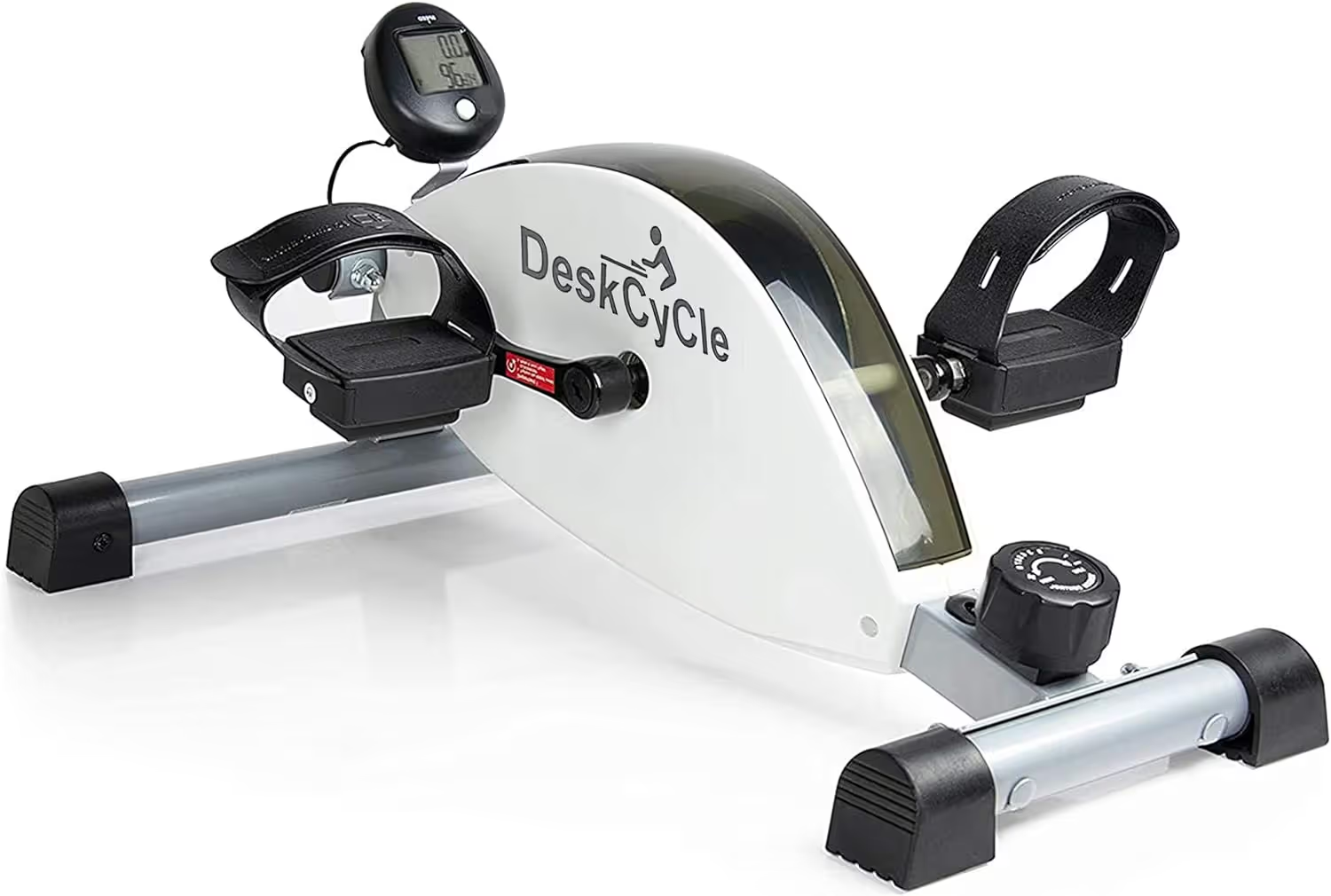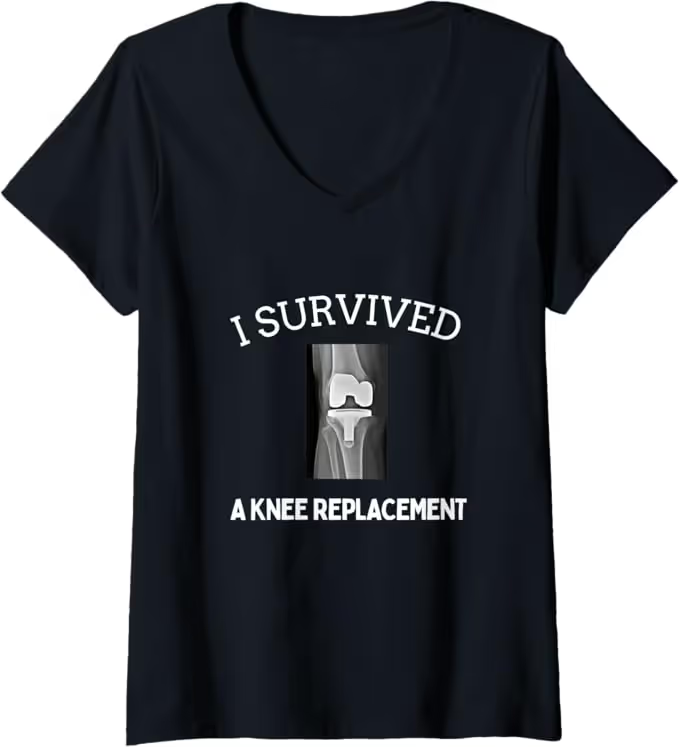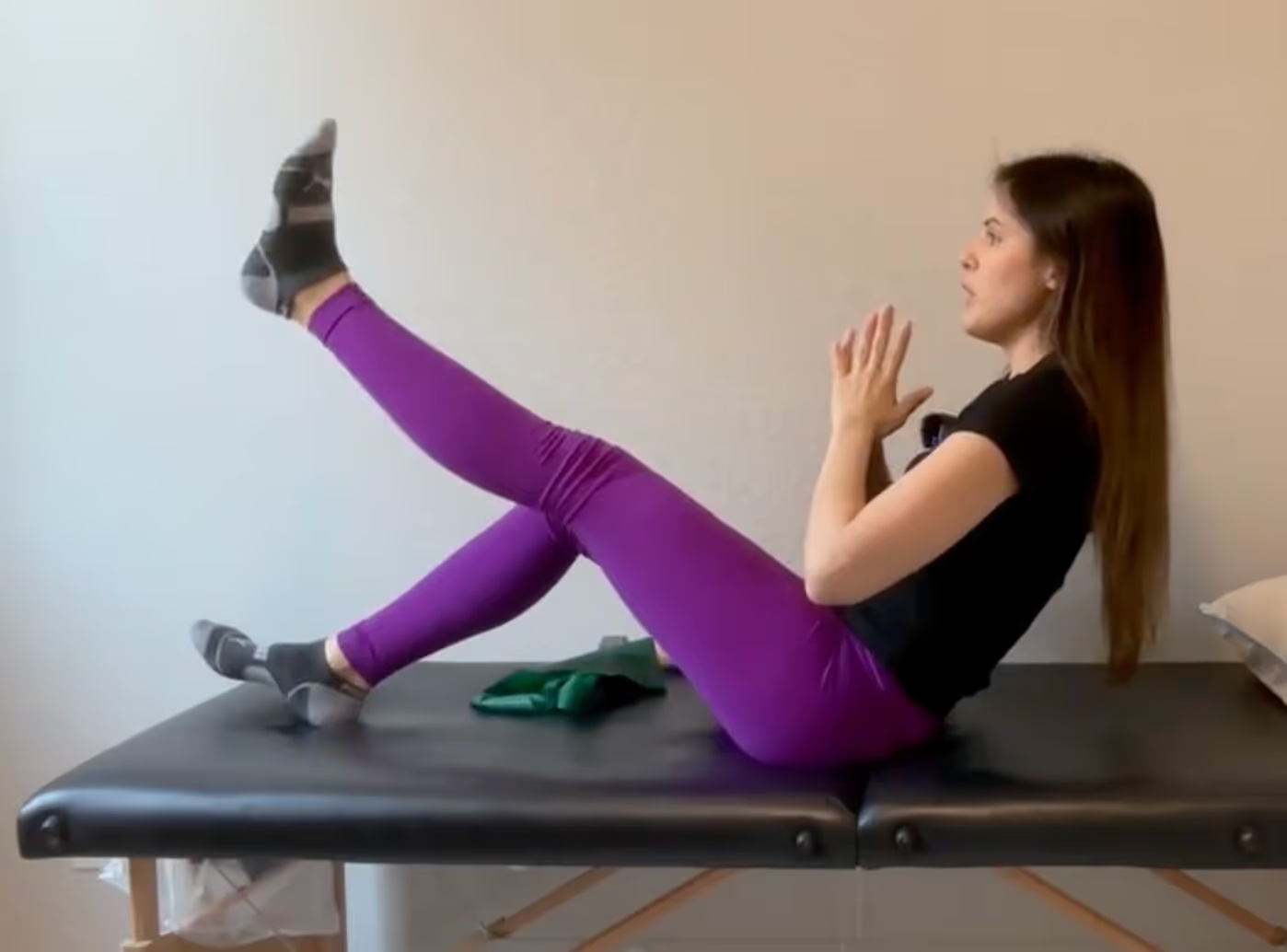Ice machines for knee surgery, total knee replacement surgery and partial knee replacement surgery has become an integral part of the post-operative recovery process. These devices provide targeted cold therapy, offering numerous benefits that aid in the healing and rehabilitation of patients. Ice machines can provide colder water in the sleeve allowing for more pain relief compared to ice packs.
The Mechanism of Ice Machines
Ice machines for knee surgery typically consist of a device that circulates cold water through a specialized pad or wrap designed to fit around the surgical site. The continuous flow of cold water helps maintain a consistent and controlled temperature, ensuring optimal therapeutic effects. Some advanced ice machines even allow for adjustable temperature settings and a timer to ensure proper usage of the device accommodating individual patient preferences and comfort levels. The Polar Active Ice Machine allows all of these features. Use code DRSAM10 for 10% and free quick shipping (cheaper than Amazon). Video demonstration of how to use the device in later parts of this article.
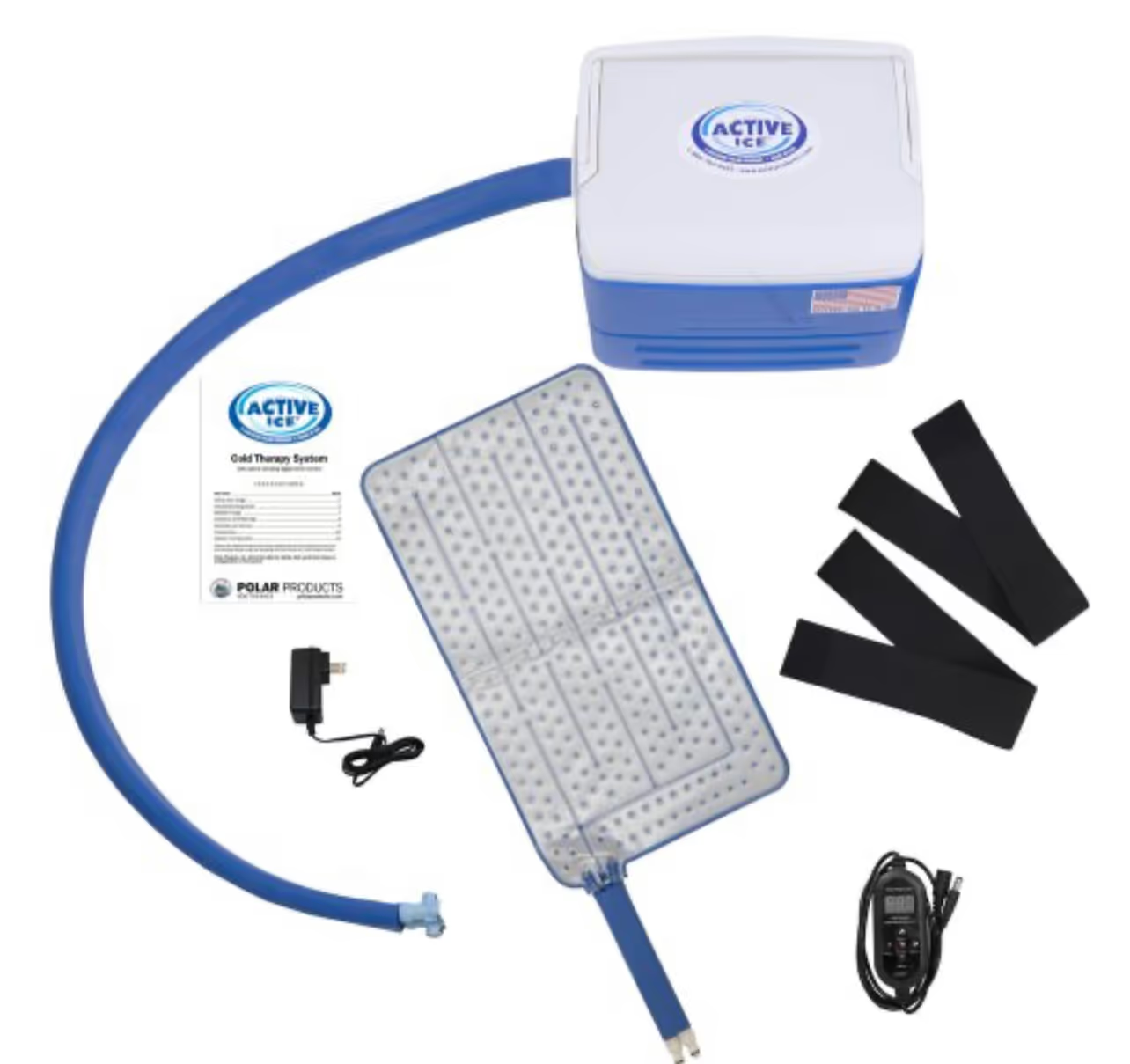
The Role of Cold Therapy in Recovery
Cold therapy, or cryotherapy, involves the application of cold temperatures to the body's tissues. This practice has been used for centuries to alleviate pain and reduce inflammation. When it comes to knee surgery, cold therapy has proven to be particularly effective due to the unique anatomical and physiological characteristics of the knee joint.
Following knee surgery, patients often experience pain, swelling, and inflammation. These factors can hinder the recovery process and delay the return to normal functioning. Swelling can severely reduce the patients ability to bend the knee, which is crucial after a knee replacement. Pain also can cause difficulties with basic daily movements. Cold therapy works by constricting blood vessels, reducing blood flow to the area, and subsequently reducing swelling and inflammation. Additionally, cold temperatures numb nerve endings, providing pain relief and enhancing patient comfort.
The Physiological Effects of Cold Therapy
Cold therapy works primarily by inducing vasoconstriction, the narrowing of blood vessels. When cold is applied to the skin, blood vessels in the affected area constrict, reducing blood flow to that region. This constriction serves several crucial purposes in the context of post-operative recovery:
Reduced Inflammation: Inflammation is a natural response to tissue damage. However, excessive inflammation can impede the healing process and lead to discomfort. Cold therapy helps limit inflammation by reducing blood flow and preventing the accumulation of excess fluids and white blood cells in the surgical area.
Pain Relief: Nerve endings are responsible for transmitting pain signals to the brain. Cold temperatures effectively numb these nerve endings, providing localized pain relief. This is particularly beneficial for patients who wish to minimize their reliance on pain medications.
The Effect on Metabolic Activity: Cold therapy also has a direct impact on the metabolic activity of cells within the treated area. The decreased temperature slows down metabolic processes, which can be advantageous during the initial stages of healing. Slower metabolism reduces the production of waste products and potentially harmful byproducts, allowing cells to focus on repair and regeneration.
Promotion of Healing
Beyond its effects on inflammation and pain, cold therapy has been shown to stimulate healing processes in various ways. Enhanced Oxygen Delivery: Cold-induced vasoconstriction is often followed by vasodilation (the widening of blood vessels). When blood vessels dilate after a cold therapy session, there is an influx of nutrient-rich blood, oxygen, and immune cells to the treated area. This supports tissue repair and accelerates the healing process. Reduced Cell Death: Cold therapy has been associated with reduced cell death (apoptosis) in injured tissues. By minimizing cell death, the body's resources are preserved for the repair and rebuilding of damaged structures.
Application Methods
Cold therapy can be applied through various methods, including ice packs, cold compresses, and ice machines. Ice machines, specifically designed for post-operative recovery, offer a consistent and controlled application of cold temperatures. This ensures that the therapeutic benefits are maximized while minimizing the risk of frostbite or other cold-related injuries.
Timing and Frequency
Applying cold therapy within the first hours after knee surgery is often recommended. This is when inflammation and swelling are at their peak. Applying cold therapy during this period helps manage these symptoms effectively and can significantly impact the overall recovery trajectory.
Note: It's important to follow the advice of your healthcare provider when using cold therapy. Overexposure to cold temperatures can lead to adverse effects, so adhering to recommended application times and methods is essential.
Applying ice for 20 minutes every 1-2 hours is the general recommendation the first 2-4 weeks after a knee surgery. After the first month post surgery, weaning off of the ice is helpful to improve the healing process. Applying ice all day can inhibit the specific cells that heal the knee joint.
How to apply ice machine:
With the Polar Active Ice Machine, it is as easy as filling the cooler up with ice (or frozen water bottles), wrapping the knee sleeve around your knee, and pressing power on! Please see video below on specific instructions on how to apply. The Polar Active Ice Machine is simple to use.
Patient Comfort and Compliance
One of the significant advantages of ice machines is their comfort and ease of use. The controlled, continuous flow of cold water ensures that the cold is evenly distributed, preventing localized discomfort. Additionally, patients are more likely to comply with their recovery regimen when they experience pain relief and reduced swelling, leading to a more successful recovery overall.
Benefits of Ice Machines for Knee Surgery
1. Reduced Pain
Pain management is a critical aspect of post-operative recovery. Ice machines provide a non-pharmacological method of pain relief by numbing the nerve endings in the treated area. This can lead to decreased reliance on pain medications, minimizing potential side effects.
Numbing Nerve Endings
When cold temperatures are applied to the skin, they effectively numb the nerve endings in the treated area. This numbness occurs because cold temperatures slow down the transmission of nerve signals responsible for conveying pain sensations to the brain. As a result, patients experience a reduced perception of pain in the surgical area.
Gate Control Theory
The "Gate Control Theory" of pain perception further explains how ice machines alleviate pain. According to this theory, there is a "gate" mechanism in the spinal cord that can either allow or block pain signals from reaching the brain. By stimulating non-painful sensory pathways, such as the cold sensation produced by ice therapy, the gate is partially closed, inhibiting the transmission of pain signals.
Reduced Inflammatory Response
Inflammation is closely linked to pain. Excessive inflammation in the surgical area can lead to heightened pain sensations. Cold therapy, delivered through ice machines, helps reduce inflammation by constricting blood vessels and slowing the influx of immune cells and inflammatory mediators to the area. By curbing inflammation, ice machines indirectly contribute to pain reduction.
Analgesic Effect
Cold therapy triggers the release of endorphins, which are the body's natural pain-relieving chemicals. These endorphins bind to opioid receptors in the brain and spinal cord, creating an analgesic (pain-relieving) effect. The presence of endorphins in the bloodstream contributes to a sense of well-being and pain relief.
Limiting Nociceptor Activation
Nociceptors are specialized nerve endings that detect harmful stimuli, including those associated with tissue damage. Cold temperatures can reduce the activity of these nociceptors, effectively reducing the signals they send to the brain. This reduction in nociceptor activation leads to decreased pain perception.
Minimized Muscle Spasms
Pain and discomfort can trigger muscle spasms as the body's protective response. Ice machines help in calming these spasms by numbing the nerve endings responsible for triggering muscle contractions. Reduced muscle spasms not only alleviate pain directly but also contribute to a more relaxed and comfortable recovery process.
Psychological Comfort
The sensation of cold can create a temporary distraction from the pain, offering psychological comfort to patients. This diversion of attention from pain signals to the cold sensation can provide immediate relief and contribute to a positive mindset during the recovery period.
2. Decreased Swelling and Inflammation
Swelling and inflammation are common after knee surgery. Cold therapy effectively reduces blood flow to the area, preventing excessive accumulation of fluids and reducing tissue swelling. By limiting swelling, ice machines contribute to a faster and smoother recovery process.
Vasoconstriction
When cold therapy is applied through ice machines, it induces vasoconstriction, which is the narrowing of blood vessels. This constriction decreases blood flow to the surgical area. Reduced blood flow means fewer immune cells, white blood cells, and inflammatory molecules reach the site of injury. This limits the body's inflammatory response and minimizes the extent of tissue swelling.
Slowed Metabolic Activity
Cold temperatures slow down metabolic processes within cells. This reduced metabolic activity can be advantageous in the early stages of healing, as it decreases the production of inflammatory chemicals and waste products that can exacerbate inflammation. Slower metabolism allows cells to focus on repairing damaged tissues instead of sustaining excessive inflammation.
Diminished Histamine Release:
Histamine is a chemical released by immune cells in response to injury or irritation. It plays a role in initiating the inflammatory response, leading to increased blood vessel permeability and fluid accumulation. Cold therapy via ice machines can help reduce histamine release, thereby curbing the intensity of the inflammatory reaction.
Reduced Enzyme Activity:
Inflammatory enzymes, such as cyclooxygenases and prostaglandins, contribute to the production of pain and inflammation. Cold therapy has been shown to inhibit the activity of these enzymes, leading to decreased production of pro-inflammatory molecules. This reduction in enzyme activity helps control inflammation at the molecular level.
Preventing Edema Formation:
Edema, or tissue swelling, is a common consequence of inflammation. Excessive edema can lead to discomfort, reduced range of motion, and delayed healing. Cold therapy, by minimizing blood vessel dilation and fluid accumulation, helps prevent the development of edema, facilitating a smoother recovery process.
Limiting Leukocyte Migration:
Immune cells, particularly neutrophils and macrophages, play a significant role in inflammation. While these cells are essential for tissue repair, their excessive accumulation can contribute to prolonged inflammation. Cold therapy helps control the migration of these immune cells to the surgical site, preventing an overly aggressive inflammatory response.
Promotion of Homeostasis:
Cold therapy aids in restoring the body's natural balance (homeostasis) by counteracting the excessive inflammatory response triggered by surgery. By tempering inflammation, ice machines create an environment conducive to optimal healing and recovery.
Pain-Reduction Benefits:
Reducing inflammation also indirectly contributes to pain reduction. Inflamed tissues are often more sensitive to pain, and by limiting the inflammatory response, ice machines help alleviate discomfort and improve the overall patient experience.
3. Improved Joint Mobility
Swelling and pain can limit joint mobility after surgery. Ice machines help mitigate these limitations, allowing patients to engage in early mobilization exercises. This is essential for preventing stiffness and maintaining a healthy range of motion in the knee joint.
4. Minimized Scar Tissue Formation
Excessive scar tissue formation can impede joint movement and cause discomfort. Cold therapy contributes to reducing scar tissue formation by promoting proper alignment of collagen fibers during the healing process.

Clinical Evidence and Recommendations
Numerous clinical studies have demonstrated the efficacy of ice machines for knee surgery recovery. Many orthopedic surgeons and healthcare professionals recommend the use of these devices as part of a comprehensive post-operative care plan. While individual patient responses may vary, the overall consensus is that cold therapy positively influences the healing process.
Choosing the Right Ice Machine
When selecting an ice machine for knee surgery recovery, several factors should be considered. These include the device's temperature control capabilities, ease of use, portability, and comfort of the attached pads or wraps. Consulting with a healthcare provider can help patients make informed decisions based on their specific needs and surgical procedures.
Please look into the Polar Active Ice Machine for your ice machine needs! Don’t forget to use the code DRSAM10 for 10% and free shipping.
Conclusion
Ice machines for knee surgery have revolutionized the way patients recover from orthopedic procedures. Their ability to alleviate pain, reduce swelling, and promote healing makes them a valuable tool in the rehabilitation process. By harnessing the power of cold therapy, these devices offer patients the opportunity for a smoother, more comfortable, and quicker recovery after knee surgery. As research and technology continue to advance, ice machines are likely to remain an essential component of post-operative care strategies
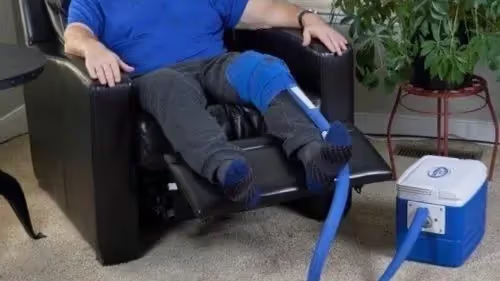
.avif)
